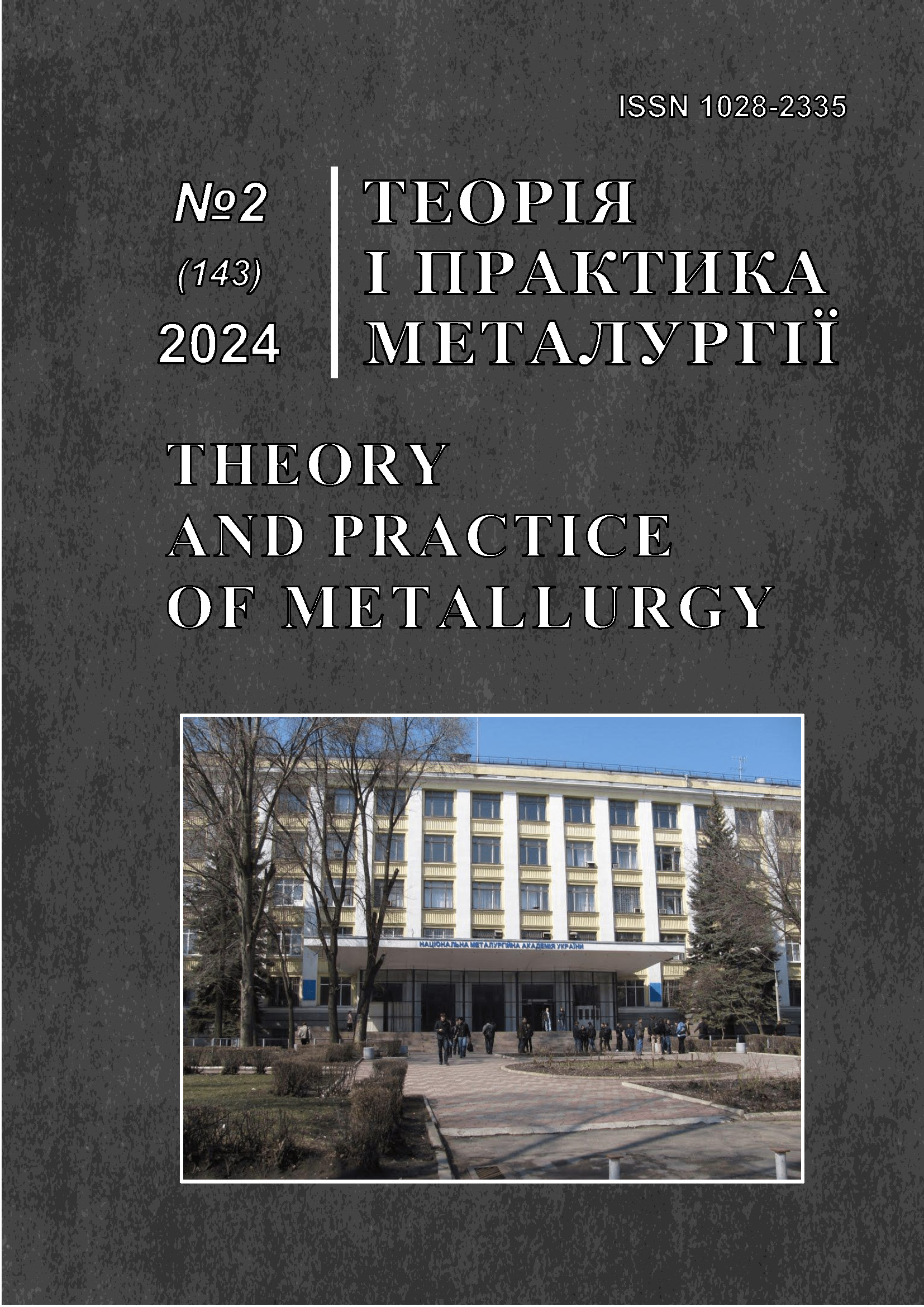Theoretical determination of the strength of composite material under conditions of comprehensive compression
DOI:
https://doi.org/10.15802/tpm.2.2024.09Keywords:
composite materials, comprehensive compression, finite element method, stress-strain state, strength, adhesive propertiesAbstract
Purpose. The aim of the study is to theoretically substantiate the strength of domestic composite material under conditions of comprehensive compression and to create a model that allows predicting the behavior of the material underloads. Methodology. The study used the finite element method (FEM) to model the stress-strain state of the composite material. The experimental part included the preparation of multilayer specimens with polymer composite materials, their mechanical loading under conditions of comprehensive compression, and comparison of the results with the calculated data. Additionally, parametric modeling in the Ansys Workbench environment was used to study the effect of variables such as layer thickness and applied force. Findings. The dependencies between the thickness of the composite layer, the load, and the deformation characteristics of the material were obtained. The best mechanical properties were found in samples with a layer thickness of 2 mm, which demonstrate an optimal balance between strength and energy absorption. Modeling has shown that the highest stresses occur at the interface between the polymer layer and the metal substrate, indicating the need to improve the adhesive properties. Originality. A parametric model for analyzing the stress-strain state of polymeric composite materials is proposed. The methodology for assessing the strength of multilayer composites under conditions of comprehensive compression has been improved, which allows taking into account the interaction of layers and their geometric parameters. Practical value. The results of the study can be used to develop new composite materials with improved mechanical properties for use in the aviation, automotive, and energy industries. Recommendations for optimizing the thickness of layers and manufacturing technology will increase the durability and efficiency of composite structures.
References
Soden, P., Hinton, M., & Kaddour, A. (1998). A comparison of the predictive capabilities of current failure theories for composite laminates. Compos. Sci. Technol., 58(7), 1225–1254
Tsai, S. W., & Wu, E. M. (1971). A general theory of strength for anisotropic materials. J. Compos. Mater., 5(1), 58–80
Puck, A., & Schurmann, H. (1998). Failure analysis of FRP laminates by means of physically based phenomenological models. Compos. Sci. Technol., 58(7), 1045–1067
Budiansky, B. & Fleck, N. A. (1993). Compressive failure of fibre composites. J. Mech. Phys. Solids., 41(1), 183–211
Drapier, S., Grandidier, J.-C., & Potier-Ferry, M. (1999). Towards a numerical model of the compressive strength for long fibre composites. Eur. J. Mech. A Solids., 18(1), 69–92
Gutkin, R., Pinho, S., Robinson, P., & Curtis, P. (2010). Micro-mechanical modelling of shear-driven fibre compressive failure and of fibre kinking for failure envelope generation in CFRP laminates. Compos. Sci. Technol., 70(8), 1214–1222
Lee, J., & Soutis, C. (2005). Thickness effect on the compressive strength of T800/924C carbon fibre/epoxy laminates. Compos. Part A: Appl. Sci. Manuf., 36(2), 213–227
Lee, J., & Soutis, C. (2007). A study on the compressive strength of thick carbon fibre/epoxy laminates. Compos. Sci. Technol., 67(10), 2015–2026
Soutis, C., Lee, J., & Kong, C. (2002). Size effect on compressive strength of T300/924C carbon fibre-epoxy laminates. Plast. Rubb. Compos., 31(8)., 364–370
Downloads
Published
How to Cite
Issue
Section
License
Copyright (c) 2024 Bilodedenko S.V., Ischenko A.O., Rassokhin D.O., Böhm R.

This work is licensed under a Creative Commons Attribution 4.0 International License.
Authors retain copyright of the published papers and grant to the publisher the non-exclusive right to publish the article, to be cited as its original publisher in case of reuse, and to distribute it in all forms and media. Articles will be distributed under the Creative Commons Attribution 4.0 International (CC BY 4.0) licence.
Authors can enter the separate, additional contractual arrangements for non-exclusive distribution of the published paper (e.g., post it to an institutional repository or publish it in a book), with an acknowledgement of its initial publication in this journal.




